Frequently Asked Questions
Lumbar Minimally Invasive Microdiscectomy
You have a disc that is herniated, pushing against one of the nerves in the lumbar spine (low back). That causes pain that radiates down the leg (also known as sciatica), sometimes with numbness, tingling or weakness in the leg.
A small incision is made and a small tubular retractor is placed during the operation. A small amount of bone is removed, and the ruptured disc is then removed. There are no rods or screws placed.
The surgery itself takes about 45-60 minutes of surgical time in the operating room, plus about 30-60 minutes to put the patient to sleep and in position for the surgery, and about 1-2 hours in the recovery room after surgery.
The incision is closed with surgical glue, which should flake off over about a week or so. There are dissolvable stitches underneath the incision, and those will dissolve over about 8-12 weeks. The incision may be swollen initially after surgery, but this should improve with time. If there is redness, pus, or other drainage from the incision, please call our office.
After surgery, the pain that is radiating down the leg should improve relatively quickly (in hours to days), while numbness and tingling can takes days to weeks to improve. If there is significant weakness in the leg prior to surgery, this may take weeks or potentially months of rehabilitation and physical therapy to improve. The rate and amount of recovery is often dependent on the length of time that the nerve has been compressed, as well as the severity of the compression.
There will be pain in the back after surgery, and that may take several weeks to improve. The surgery will not make you feel like a teenager. The goal of surgery is to remove compression of the nerve to make the patient have less pain, numbness, tingling, or weakness in the legs.
The main restriction after surgery is no heavy lifting greater than 10 pounds for the first six weeks. The patient may be up walking, and otherwise participating in normal daily activities as much as tolerated.
Patients can typically return to driving once they are off narcotics, or are back to the baseline amount of pain medications that they were taking prior to surgery.
At six weeks, physical therapy is started, which can be done at the facility of the patient’s choice. Therapy is usually 2-3 sessions per week for up to six weeks, but depending on how well a patient is doing, it may be completed earlier or later. The amount of therapy that is covered by insurance is dependent on your particular insurance plan.
The entire recovery rate for a minimally invasive microdiscectomy is approximately 9-15 months. The patient is not in bed for this entire period of time, but it may take this long before full improvement is achieved.
With any surgery, there are risks and benefits. The benefit of the surgery is to remove the compression on the nerve to improve the pain, numbness, tingling, or weakness. However, there are always risks with any type of surgery. The risks of surgery includes but is not limited to bleeding, infection, stroke, paralysis, coma, death, pain, numbness, tingling, weakness, spinal fluid leak, and need for future surgery.
If a spinal fluid leak occurs during surgery, it is repaired at the time of surgery either by suturing the areas that is leaking, or covering it with a type of “glue”. The patient is typically told to lie flat for several hours after surgery, and then the patient may be up and ambulatory.
If the leak persists, the patient may have headaches that are worse when sitting or standing upright, and which go away when the patient lies flat. If this happens, please call us and let us know.
In male patients over 50, or who have a pre-existing history of prostate cancer, or enlarged prostate, the patient may have urinary retention. In some cases, this requires additional medication to aid with urination. In other cases, the patient may require catheterization. This typically improves over several weeks, and is most often due to the pre-existing prostate issues combined with anesthesia. It happens far less often in female patients.
If you have any questions, please feel free to contact us at your convenience.








